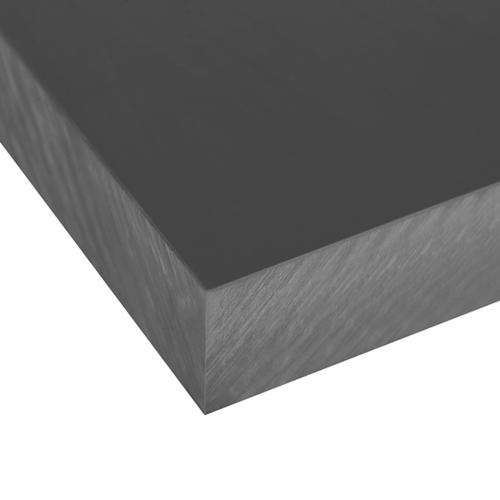Engineering plastics replace metals as a trend
Among all kinds of plastics, some are as hard as stone, some are as tough as steel, and some are as stable as steel and gold. Some people also think that replacing metal with engineering plastics will reduce the quality of products. The fact is that replacing metal with engineering plastics has improved the quality of products on many occasions. The following is a comparison between engineering plastics and metals, so that we can have a more accurate and comprehensive understanding of the functions of engineering plastics.
Compared with metal, engineering plastics have the following advantages:
(1) light product quality: the proportion of engineering plastics is generally about 0.83 ~ 2.2, only 1/9 ~ 1/4 of steel and about 1/2 of aluminum. Some engineering plastics, such as polypropylene, are much lighter than water. This characteristic of plastics is of great significance to the mechanical equipment that requires to reduce the self weight, such as vehicles, ships and aircraft.
(2) high specific strength: for materials of equal volume, the strength of engineering plastics is generally lower than that of metal. However, because engineering plastics are much lighter than metal, when compared with equal weight, the strength of some engineering plastics is much higher than that of general metal, which is the material with higher strength among the existing structural materials. For example, the tensile strength per unit weight of glass fiber reinforced epoxy resin is about 2 times higher than that of ordinary steel.
(3) good chemical stability: engineering plastics generally have good corrosion resistance to acid, alkali and other chemicals, which is a very obvious advantage. Among them, polytetrafluoroethylene and polyether chloride have very prominent anti-corrosion ability, and have broad development prospects in chemical anti-corrosion equipment.
(4) excellent electrical function: almost all engineering plastics have superior electrical insulation function, minimal dielectric loss and excellent arc resistance, which can be compared with ceramic, rubber and other insulating materials. Therefore, the application of engineering plastics in motor, electrical and electronic industries has an extremely broad prospect.

(5) excellent antifriction and wear resistance: with this feature, various self-lubricating bearings, gears and sealing rings can be made of engineering plastics. Engineering plastics also have good embedment to foreign matters, which is very difficult to
(6) excellent shock absorption and noise elimination: machinery equipped with engineering plastic bearings and gears can reduce shock, reduce noise and even eliminate noise. For example, the original 45 carbon steel used for the ball joint seat of the automobile tie rod has a short service life; High noise; After using nylon, not only the service life is prolonged by about one time, but also the noise is greatly reduced.
(7) convenient forming and processing: engineering plastic products can often be formed at one time, while metal products can only be processed through several, dozens or even dozens of processes. This characteristic of engineering plastics is of great significance for saving man hours and improving labor productivity. The machining of plastics is also relatively easy.
Because engineering plastics have many advantages in physical and mechanical functions, they are more and more widely used in industry. This in turn has promoted the rapid development of the plastic industry.
Article source: PVC engineering plastics http://www.wywantong.com/
-
04-13
PVC Engineering Plastics: how PVC plastic pipes are formed
The forming process of PVC plastic pipes should start from the raw materials of PVC plastic granules, which can be divided into soft PVC and hard PVC according to the added amount of stabilizer, plast
-
11-12
What is the filling property of Jiangmen engineering plastics
What is the filling property of Jiangmen engineering plasticsIn recent years, PC modified plastics have developed rapidly in China, and its industrial system is gradually established and improved. Th
-
10-08
Jiangmen Engineering Plastics: how to classify Jiangmen engineering plastics?
How to classify Jiangmen engineering plastics? 1. Classification by application characteristicsAccording to the different application characteristics of famous plastics, plastics are usually divided
-
08-30
Application scope of PBT engineering plastics
PBT engineering plastics are widely used in electronics, car industry, office machinery and other fields. In Japan and the developed countries in Europe, PBT engineering plastics are mainly used in t